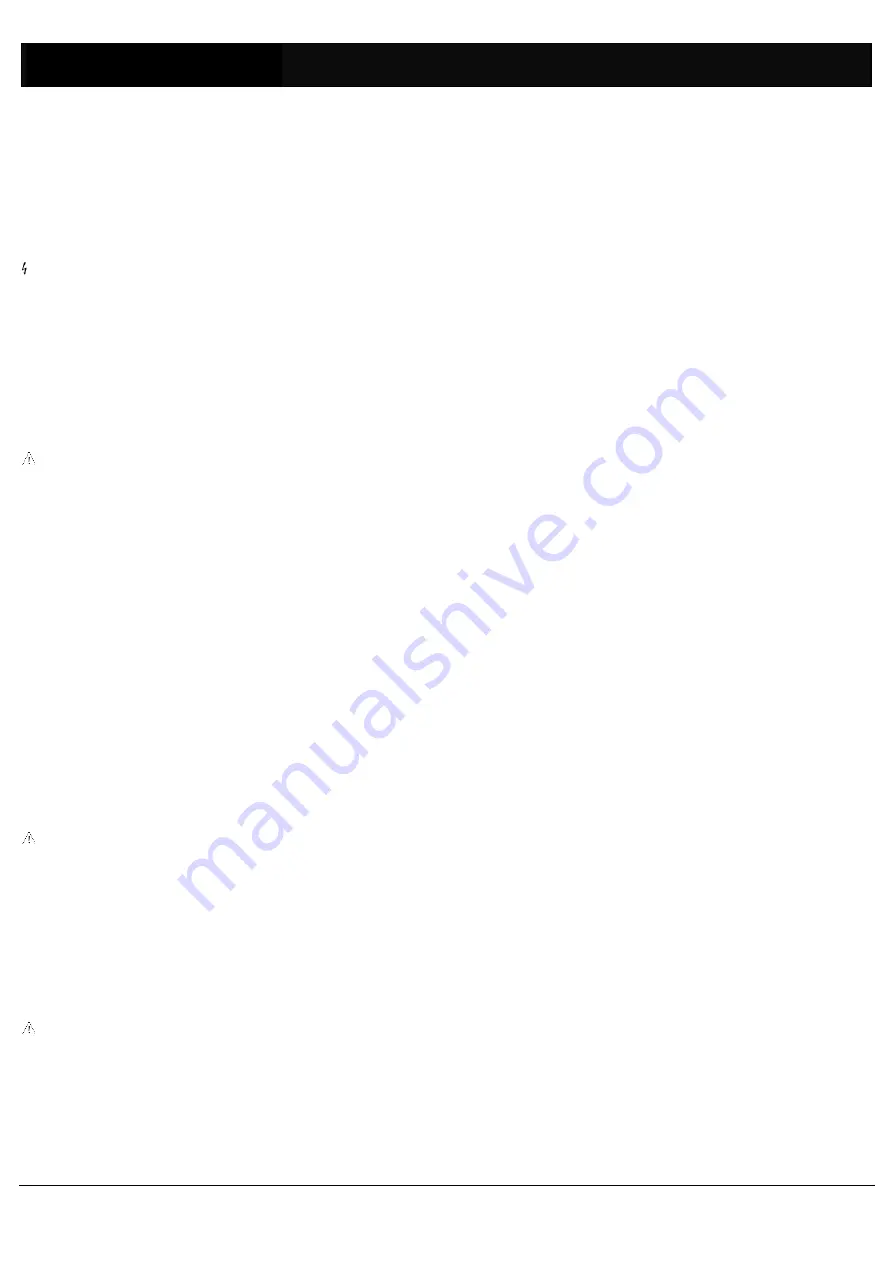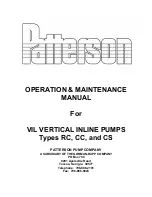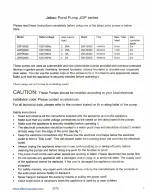
E N G L I S H
Nome file: 1.0134 - ISTRUZIONI NEUTRE SHP 6 LINGUE.docx
Rev. 7 del 12/06/2013
Pagina/Page 5- di/of 24
1.
DESCRIPTION OF THE PRODUCT AND APPLICATION FIELD.
The SHP is a centrifugal magnet driver pump, operate by a synchronous watertight motor and it is the most
advanced reality existing in the little pumps market. Powerful and reliable it is applied for domestic water-basins and
for the clean and dirty water-pumping who contains hard particles within 7 [mm] size.
The SHP is equipped with the revolutionary E.T.O hose tail who allows the right positioning of the pump on the pond
floor in many different ways never compromising the functionality of the product.
In the next sections you will find all the useful indications to best adapt the pump to your needs and allows you to do
by your own little cleaning and maintenance that this kind of product requires. The letters you will find between
brackets correspond to the components mentioned in the final exploded drawing.
Always and in any case operate with plug disconnected and never operate the pump without water.
2.
APPLICATION LIMITS.
•
Maximum water temperature: 35[°C]
•
Minimum water temperature: 4 [°C]
•
Maximum depth of immersion: 1 [m]
•
Minimum depth of immersion: 10 [cm]
3.
USE AND REGULATION.
Before the activation of the pump always remember that it must always operate in deep water independently from
how it is used and it must never be operated when there are people in the water-basin.
When the installation is done the plug must be easily accessible.
Flexible tubes from Ø 20 [mm] to Ø 30 [mm] can be connected to the pump, always using the proper hose tail (4,
Fig. 22) supplied.
Attention: The pump must operate only after its own installation.
USE WITH FILTER (Fig. 1).
3.1.
The first aim of the SHP pump is to bring the dirty waters of the pond where it is located to a filtration system of the
water, for example a pressure filter or a filter supplied with a germicidal UV-C lamp.
To do this just connect the hose tail of the pump delivery (4, Fig. 22) to the pump and the filter entrance with a tube.
Connect the pump to a wall socket to operate it after its own installation.
USE WITH THE POND SKIMMER (Fig. 2).
3.2.
One of the interesting capacities of the SHP pump is that it can be connected to the superficial cleaning system of
the pond like for example a “Pond Skimmer” (Fig. 9).
In fact in this way the Pond Skimmer (Fig. 9) works as a pre-filter and the dirty water infiltrated goes into the filter unit
thanks to the SHP pump.
To do so is needed to make a special adaptation on the SHP observing the following procedure:
•
Unscrew the 4 diameters hose tail (Fig. 4)
•
Remove the top shell pressing the buttons provided (Fig. 5)
•
Remove the little lid on the underneath shell (Fig. 6)
•
Apply the adaptor for the hose tail provided (Fig. 7)
•
Close the top shell (Fig. 8)
From this moment the pump is ready to be used with the Pond Skimmer (Fig. 9).
To start all the mechanism just connect the Pond Skimmer (Fig. 9) to the SHP pump and then connect the pump to
the filter unit.
Attention: never connect the Pond Skimmer (Fig.9) together with the hose tail (4, Fig. 22) of the pump delivery.
USE FOR LITTLE WATER FALLS (Fig. 3).
3.3.
When the pond water is clean you can use your SHP Pump to create a little water fall in your lake.
To do so just place the tube of the pump delivery, that usually connect the pump to the filter unit, on a series of
stones properly positioned.
Attention: the high of the little water fall must not exceed the pump’s prevalence.
Check therefore at which height your SHP model can push the water before realizing a little water fall.
4.
MAINTENANCE.
Always remember to disconnect the plug before operating any maintenance and never place your hands in water if
the pump is working. The pump’s maintenance is limited to its own cleaning.
Attention: Never lubricate the product.
Disassembling the pump.
4.1.
The parts of the pump that can be object of cleaning are the shells (5 and 7, Fig. 22) the rotor (2, Fig. 22) and the
impeller chamber (3, Fig. 22).
To clean the shells is enough to rinse them with plenty water while to clean the rotor the pump must be removed
from its seat housing.
To do so it is needed to remove the top shell, working first on the front buttons as shown in the Fig. 10 and then
rotate it as shown in the Fig. 11.



























